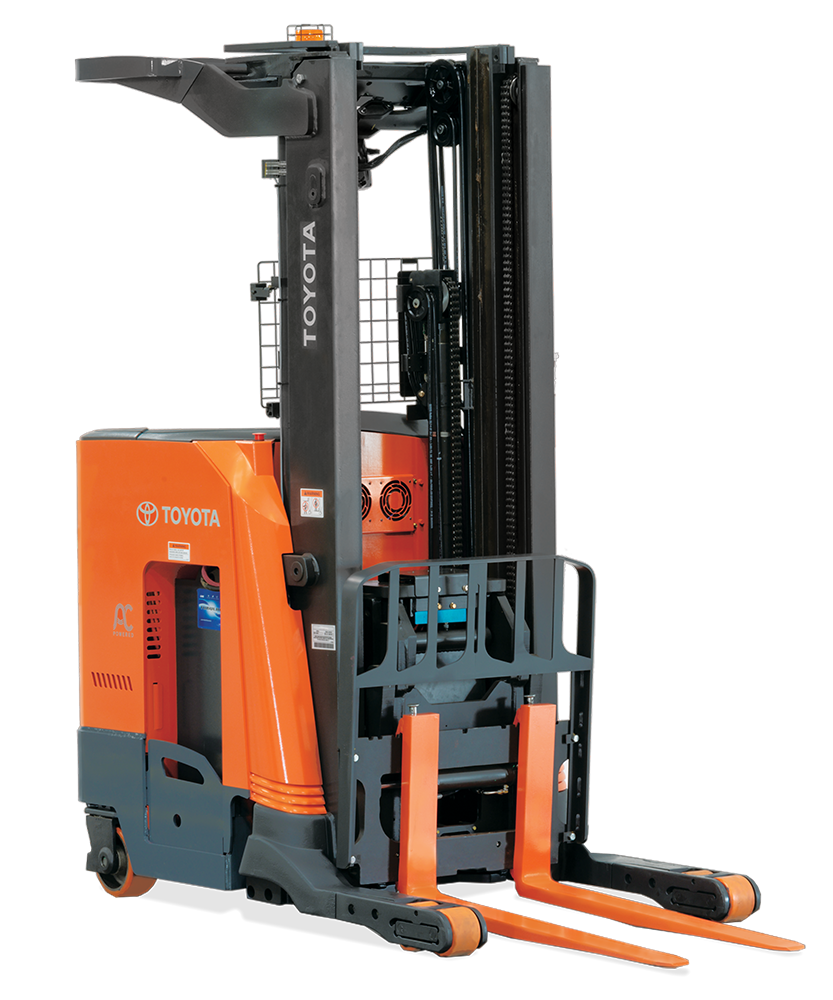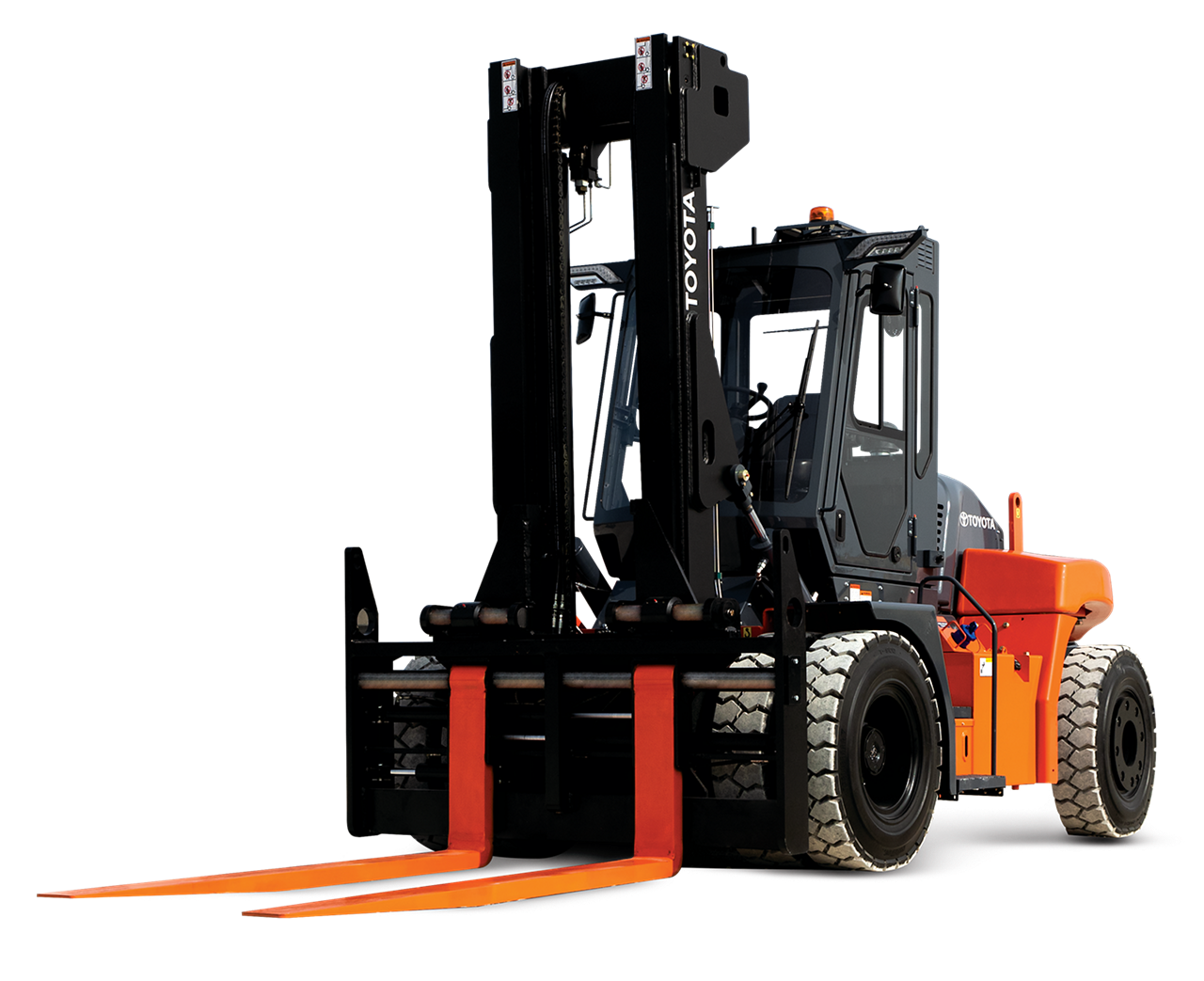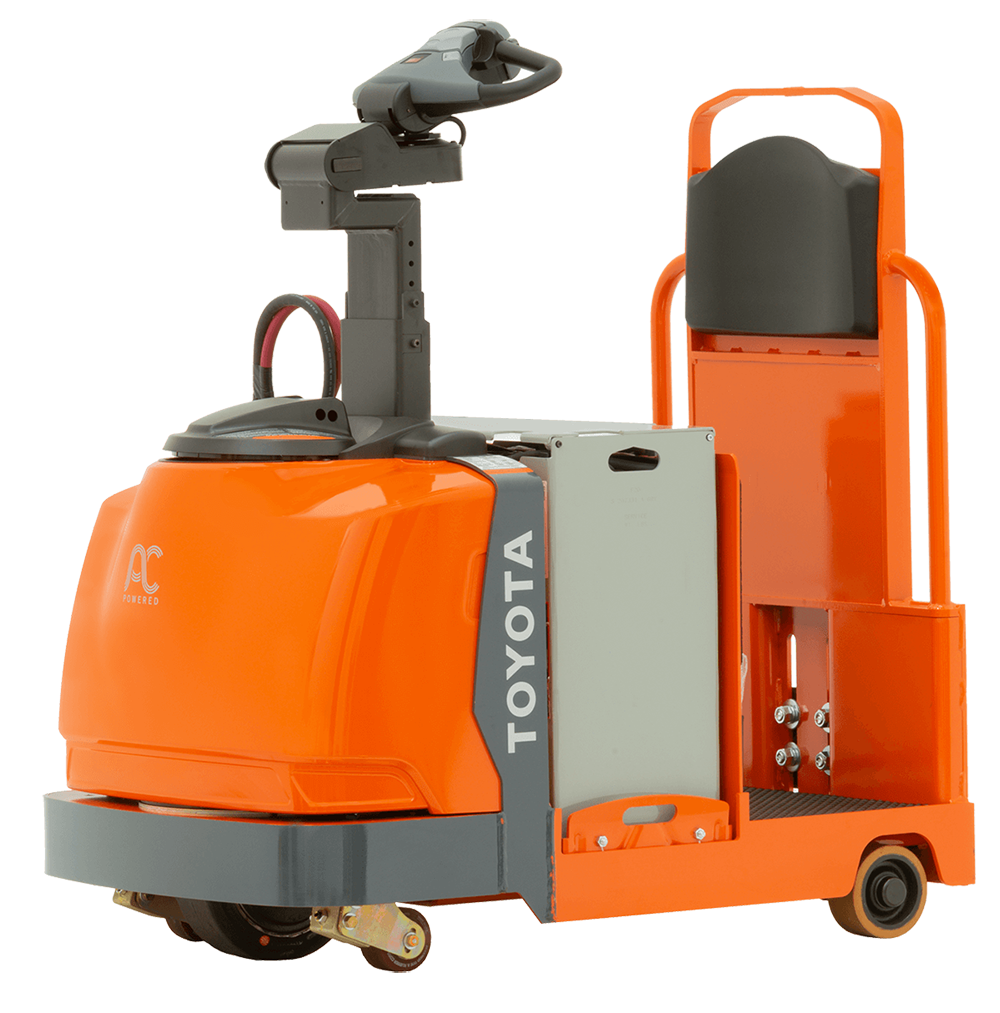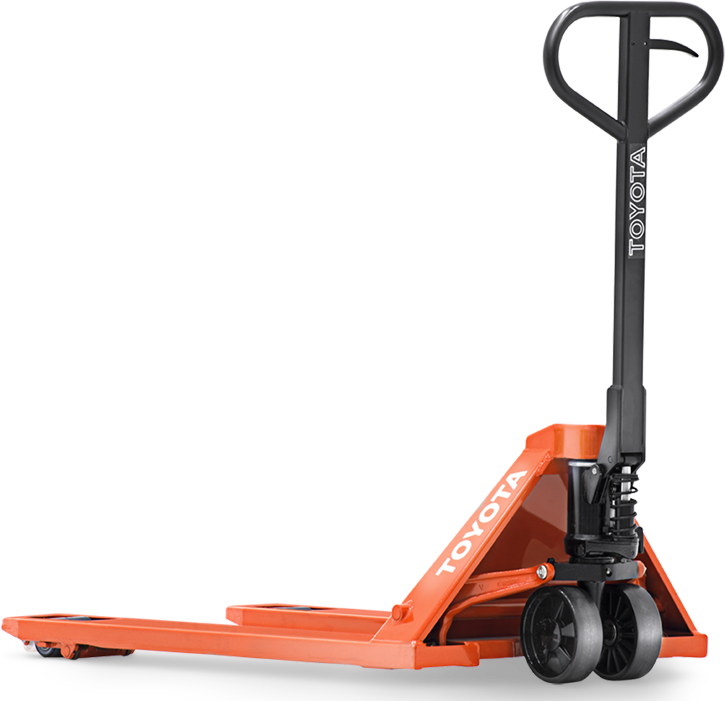Please click below to sign in to your MyToyota account
Helpful Tips for Reducing Forklift Downtime

Downtime. It’s every material handling equipment user’s worst nightmare. You could have the most sophisticated piece of equipment with all of the gadgets and gizmos, but if it’s not operational, you won’t get much work done. When work isn’t getting done, you have to make up for lost time, increased cost, and dissatisfied customers.
While downtime isn’t always caused by equipment failure, it can certainly hamper your ability to move products and raw materials that allow your business to function. Thankfully, eliminating downtime with your equipment can be simplified into the following categories: using the right tool for the job, proper usage, proper maintenance, and quality parts and workmanship.
1. Forklift Basics: Using the Right Tool for the Job
When customers have problems with certain components repeatedly failing or causing problems and can’t figure out the cause, the problem is usually that the tools they’re using are not equipped to handle the job. In diagnosing these problems, pay attention to the usage of the forklifts to understand what might be causing the issue.
For example, a customer was lifting heavy loads of bricks and transporting them across surfaces that weren’t flat. As a result, the product bounced up and down during transport, putting significant stress on several of the forklift’s components such as the carriage and lift chains.
This particular problem was solved by adding a hydraulic accumulator to the forklift. The accumulator absorbs the shock by using nitrogen to actively adjust the hydraulic pressure, reducing the carriage and chain wear, and providing a smoother ride for the operator.
This shows the importance of using the right tool for the job. Whether you need an aftermarket installation or a completely different forklift model, a simple change or two can save you a lot of money and downtime.
2. Proper Forklift Usage
Once you have the right piece of equipment, the next step is to make sure you’re using it properly. Monitoring how the forklifts are used is the key to determining if the way they are being operated is an issue.
Improper operation is unsafe, and it can also lead to accelerated wear and tear on equipment. Some bad habits may include:
Tip loading – When a load is lifted using the first third of the forks or the load is not fully secured against the front face of the carriage.
Hot shifting or “plugging” – When shifting the transmission between forward and reverse while an internal combustion forklift is in motion. This can cause accelerated wear, potentially significant damage to the transmission, and increased tire wear.
Pushing or Pulling loads – Forklifts are designed to lift and carry loads, not to push or pull them. Pushing or pulling loads puts significant stress on various components, including the carriage, load backrest, and mast.
Overloading – Lifting a load that exceeds the forklift’s maximum capacity, as indicated on the data plate, is extremely dangerous. Not only is this type of operation unsafe, but it can also damage hydraulic components, forks, and other attachments.
Improper entry/exit – Putting excess strain on the seat assembly by not using the grips and putting all the operator’s weight on the seat to aid entry and/or wearing sharp tools when entering and exiting the forklift can lead to bodily injury, as well as accelerated wear and tear on the seat and hood of the forklift.
These are just a few examples of how improper forklift usage can increase maintenance and repair costs over time. Proper operator training, safe operation, and best practices can help combat some of these issues.
3. Proper Forklift Maintenance
Just like any other vehicle, if you don’t take care of your forklifts, breakdowns and failures are inevitable. Forklifts have pre-determined intervals for when certain maintenance needs to occur. Depending on the particular model, type of work environment, and the number of hours that are put on it daily, this can be a frequent occurrence. For example, if you have dirt, dust, and fibrous materials floating around, you may need to change filters and clean the radiator more often. And if you run three, eight-hour shifts a day, you’re going to reach the 250-hour service interval faster than someone only running one shift.
Many customers struggle with performing timely routine maintenance, usually due to lack of knowledge, capabilities, monitoring, or handling. If you perform your own maintenance, it’s important to understand what types of maintenance are required and at what intervals. You can find this information in your forklift’s service manual or your local Toyota dealer can provide this to you.
Another solution is to take advantage of planned maintenance packages that Toyota dealers offer. Based on your application and the forklift models, they can schedule appointments to perform all necessary maintenance and repairs. This keeps your forklifts running optimally, reduces downtime, and allows you to focus on getting work done.
4. Forklift Components: Quality Parts and Workmanship
So, you use the right piece of equipment, and you take perfect care of it. What else could you do to reduce downtime? Not all forklifts are created equal. Lower quality and poorly designed parts can wear faster than genuine, high quality parts. Smaller air filters need cleaned out and replaced more often. Smaller diameter pulleys create more friction on hydraulic hoses which causes premature wear. And thin, metal side panels are more easily damaged and in need of replacement.
The same applies to major components such as the powertrain. The 4Y engines on Toyota’s Core IC forklifts are renowned for their durability and reliability, often reaching over 30,000 hours of operation without any major repairs needed. This provides for reduced downtime and return on investment.
When parts fail or need to be replaced, the quality of the parts and installation is equally important. While certain replacement parts may have a less expensive cost upfront, they likely will end up costing more in the future. Using genuine parts from the manufacturer keeps your forklift operating with the same quality that was built at the factory. And using a certified technician for the installation of those parts ensures that the replacement is performed to the manufacturer’s specifications. In some instances, it also provides you with assurance in the form of a warranty.
If you’re using Toyota forklifts, you can take advantage of Toyota 360 Support, which comes standard with all new Toyota forklifts. It includes an industry-leading two-year parts warranty, Toyota genuine parts, an industry-leading network of dealers and Toyota certified technicians, and guaranteed four-hour emergency response times through the mobile service request app. It’s Toyota’s promise to fully support you through the sale and throughout the entire lifetime of your ownership.


















